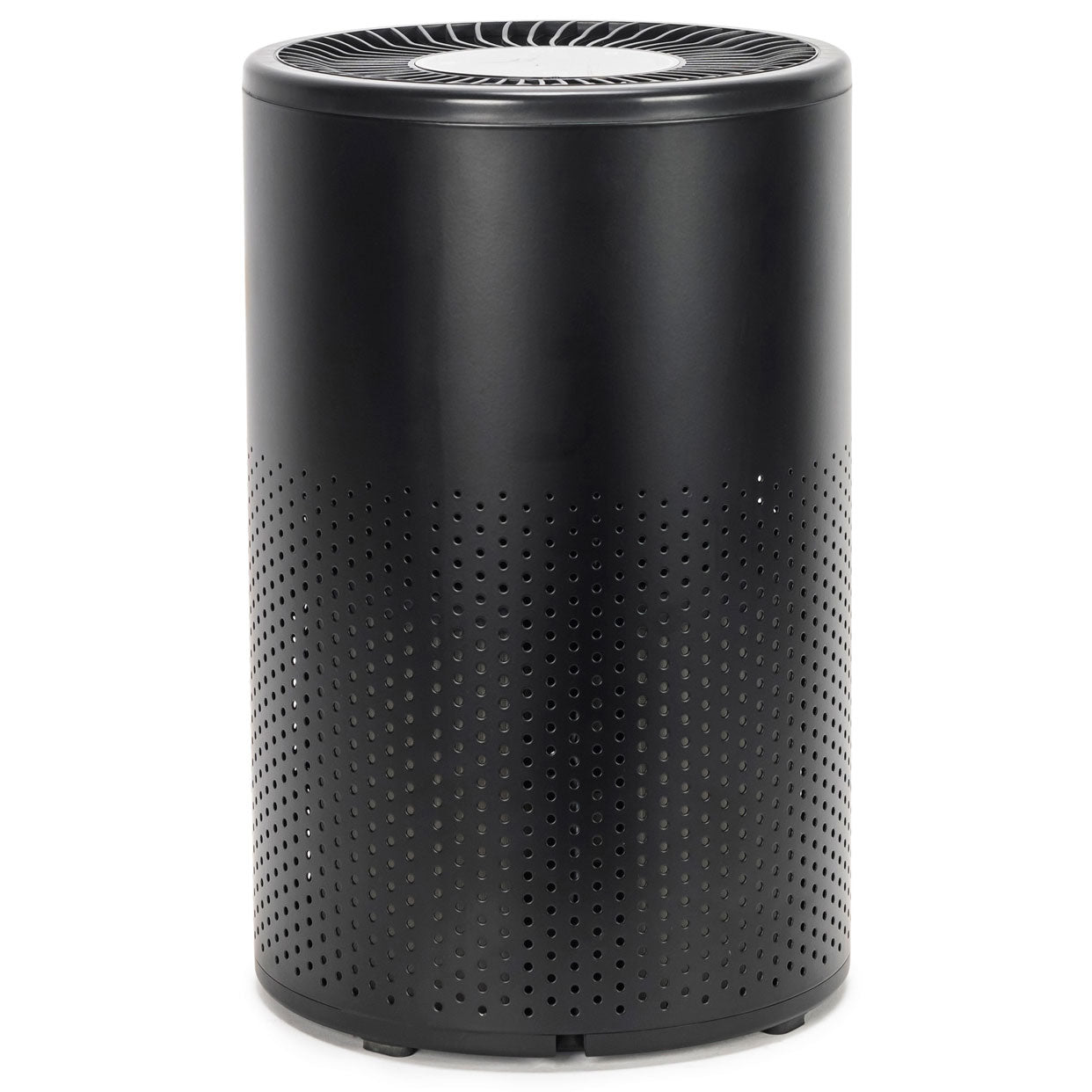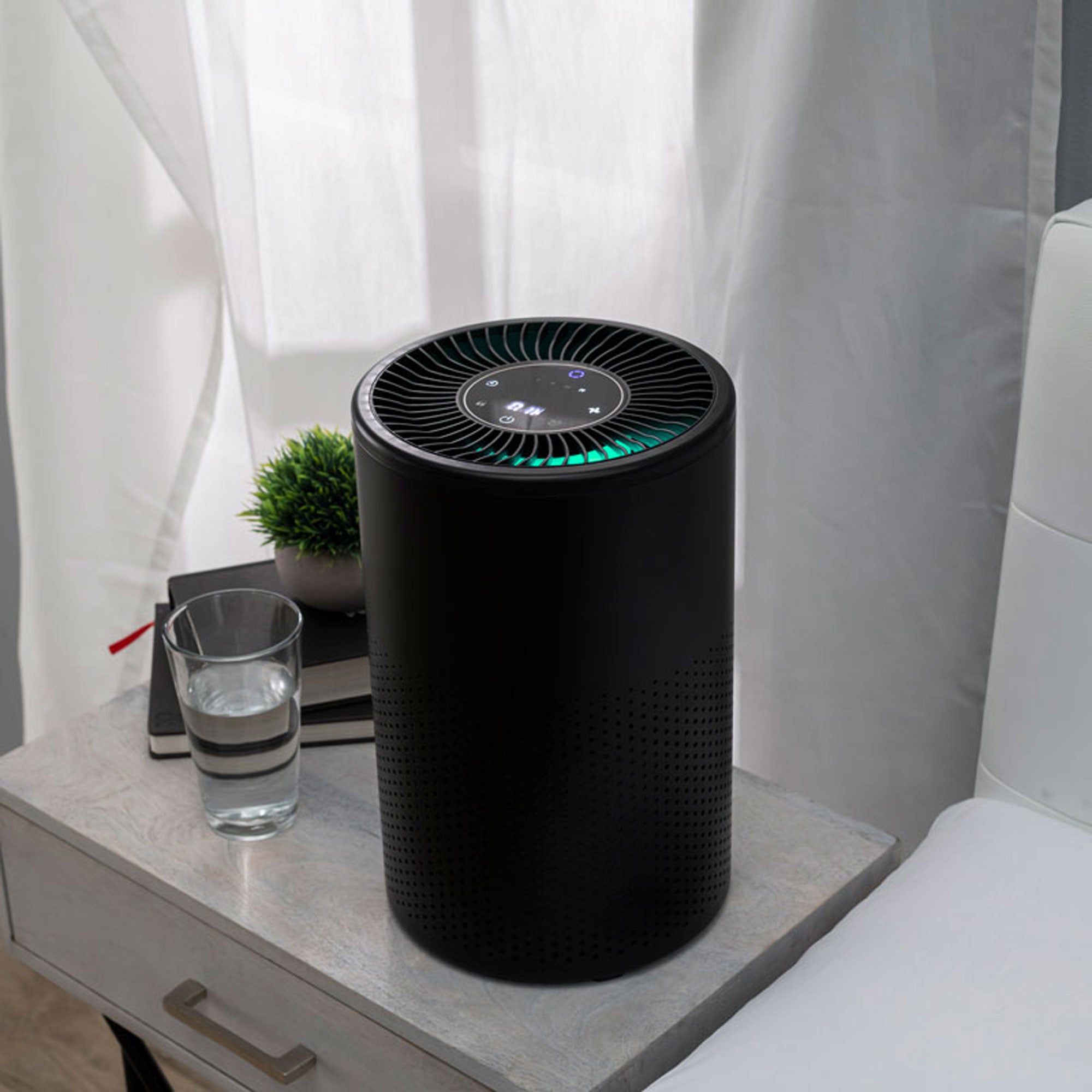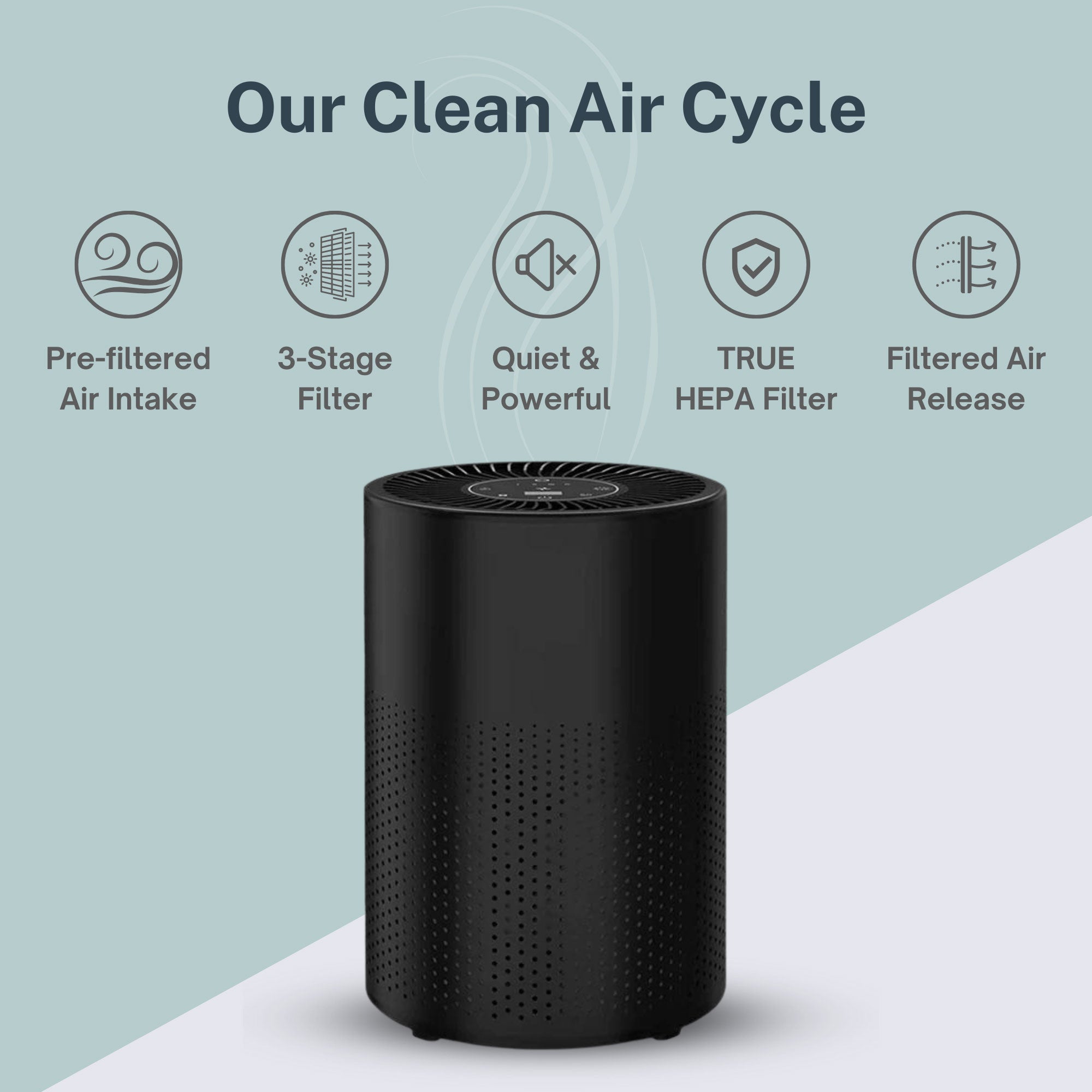Air purifiers are an increasingly common sight in medical offices, corporate buildings, public spaces, and private homes. And for good reason. High-tech air purifiers incorporate things like HEPA air filtration and multistage processes to remove harmful contaminants, and even have the power to deactivate viruses like COVID-19. Since the pandemic’s inception, healthcare professionals have recommended air purifiers to clean indoor air. Even the FDA provided nonbinding recommendations about using UV light in the fight against COVID-19.
All of this public endorsement has caused consumers to avidly purchase air purifiers. Now that the realities of living with COVID-19 and similar widespread public health issues have persisted, many people are evaluating their purchase.
A question that continues to surface is:
Are air purifiers good for the environment?
It is an important question, as mission-driven companies like Air Oasis are dedicated to upholding corporate social responsibility, and exercising maximal visibility into our operational standards. This includes adequately describing the ways in which our sourcing, production, and distribution achieve set goals for sustainability.
It is important to us that you know what we are trying to do, where we have yet to achieve sustainable practices (but plan to), and ultimately understand whether you are being a conscientious consumer when you decide to buy an air purifier from Air Oasis.
Read on to learn more.
Air Purifiers and the Environment
Both indoors and outdoors, the air is full of toxins, allergens, volatile organic compounds (VOCs), dust, bacteria, viruses, you name it. This is partly the byproduct of a modern lifestyle, as many of these elements are emitted by things like furniture, paints, and cleaning products. It is also partly a byproduct of things far outside of our indoor spaces and outside our control, such as smoke from wildfires, floating debris from construction sites, and the spread of airborne diseases from human to human.
Ameliorating these many contributors to chronic health conditions, allergens, and even acute respiratory illness or worse is a net positive impact of air purifiers on the environment. As air purifiers cycle dirty air, they trap, deactivate and reduce dangerous contaminants, allowing you to breathe easier. This is an environmental impact that cuts down on the pollution a human is exposed to in their daily life, and may even diminish the spread of bacteria and virus particulates.
All of that is good, and improving the environment we live in everyday is the reason many people use air purifiers.
What is the Environmental Impact of Air Purifiers?
It is also important to look at the environmental impact of air purifiers themselves. As an industry, we are collectively seeking solutions to some of the fundamental ways that machines that purify the air can harm the environment, ending up in landfills or using non-recyclable components. This is an honest assessment of recycling air purifiers, sustainable sourcing or production, and the average product life of an air purifier.
Can You Recycle an Air Purifier?
Air purifiers themselves are, undeniably, large and mostly plastic appliances with many components. This presents an enormous challenge to recycling, and here are the facts:
The Packaging
Most air purifiers are delicate units that operate to precise specifications. Because they are meticulously manufactured, they are also carefully packed to ship long distances. This may mean that, like many similar machines, parts of the shipping material are recyclable and parts (like styrofoam or padding) are not. You will need to carefully separate what can and cannot be recycled, and dispose of it accordingly.
The Body of the Unit
As air purifiers become more technologically advanced and well made, they should last for many years, which makes this less of an immediate concern. More on that in a minute. However, when it does come time to get rid of an air purifier: can you recycle it?
Air purifiers are electronic devices, which means that it may be possible to recycle them in the same way you would other electronics. Of course, different states and even cities have different protocols, drop sites, and standards around how to recycle electronics. If you want more specifics on recycling electronics, read this article on safely recycling your air purifier.
The Filters
HEPA filters are made of woven fibers, perfect for trapping everything you don’t want circulating through the air. Everything they trap, however, is decidedly waste and should not be recycled. It’s helpful to think of it as a contaminated item. Filters often cannot and should not be recycled, but rather thrown out in the trash.
Note, there are washable or reusable air purifier filters, but these are not HEPA air filters and thus won’t provide the same benefits or catch very small particulates in the air. It is certainly a trade off and one to make consciously, in awareness of the cost and benefit to your own lifestyle, wellbeing, and conscience.
One Environmentally Friendly Aspect of Air Purifiers
While manufacturers have yet to crack the code of making air purifiers fully recyclable, or perfect sustainability in shipping, the one area in which high-quality air purifiers shine is longevity. That’s the closest thing to a gold star we get with the three R’s (reduce, reuse, recycle). An exceptionally well-made air purifier can last for many years. With proper care, timely filter changes, and sound electrical practices, an air purifier shouldn’t have to be thrown out until many years of use. Hopefully, you will go through very few units in your lifetime, and they will end up serving you and your family well with cleaner indoor air.
Air Oasis: Sustainable Efforts in Air Purifier Manufacturing and Distribution
At Air Oasis, we want to be a part of reversing the effects of climate change, diminishing the risks we all face, and stewarding the resources we have on earth. We realize that, like any manufacturer and producer of an electrical product in the U.S., we face certain challenges. Sourcing is one. It is very difficult to source custom-made electronic components. We have made an immense effort to this end, with minimal parts being sourced outside the United States. This means that as many of our parts as possible are both built and assembled in the U.S., which reduces our carbon footprint by ensuring we don’t invest heavily in overseas shipping.
Like everyone, we are seeking to take the right steps in the right direction toward doing good to the environment. Even as we provide an increasingly essential product to protect people’s health, we know there is always more we can do. Our goal is to outperform ourselves every year, never content that we’ve arrived, but knowing we are always on a journey to achieve every goal and do our best everyday.
Learn more about our products on our site, or reach out directly to speak with a friendly representative.

























































